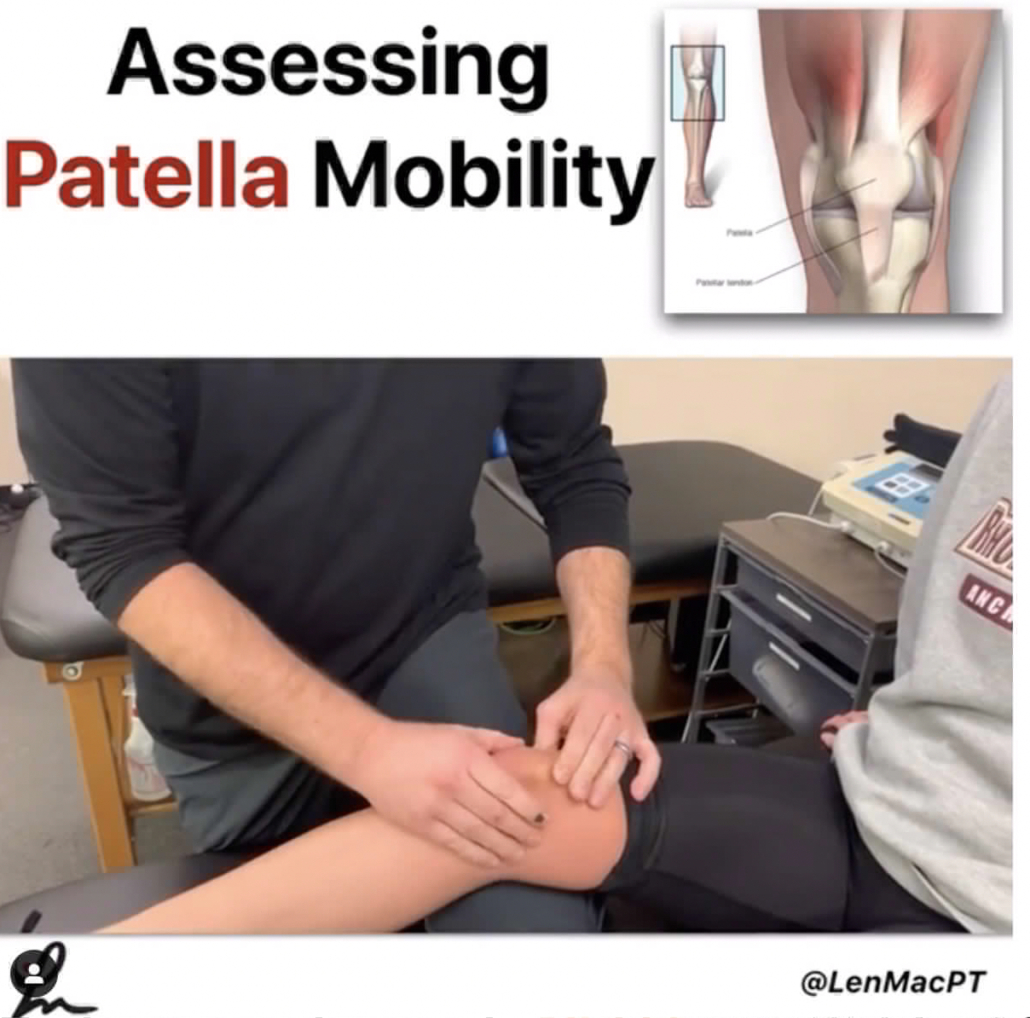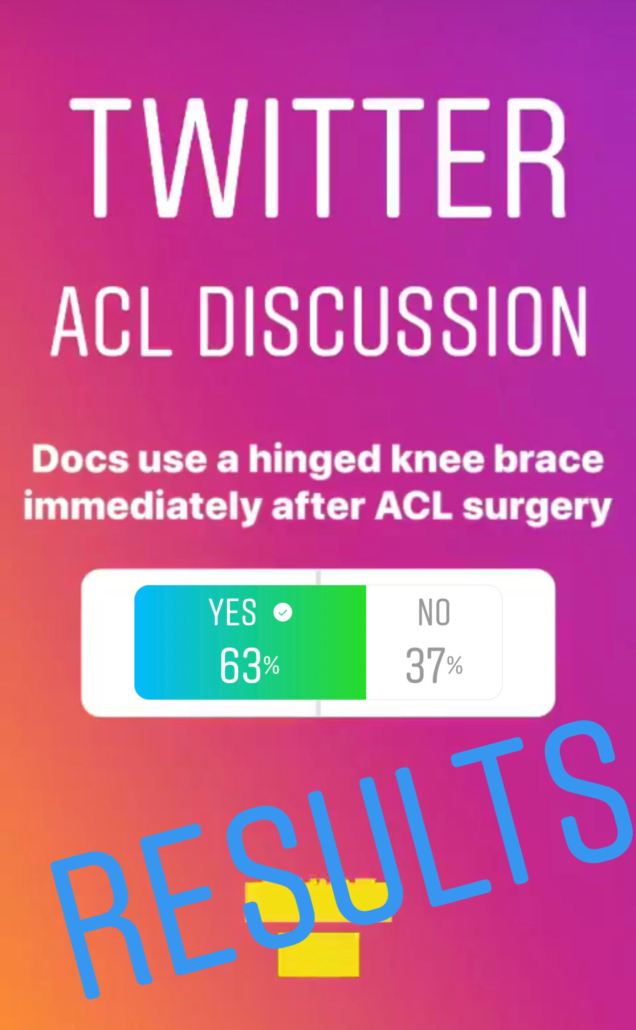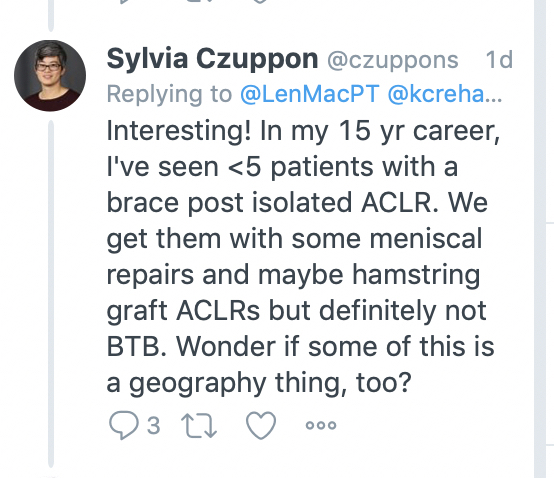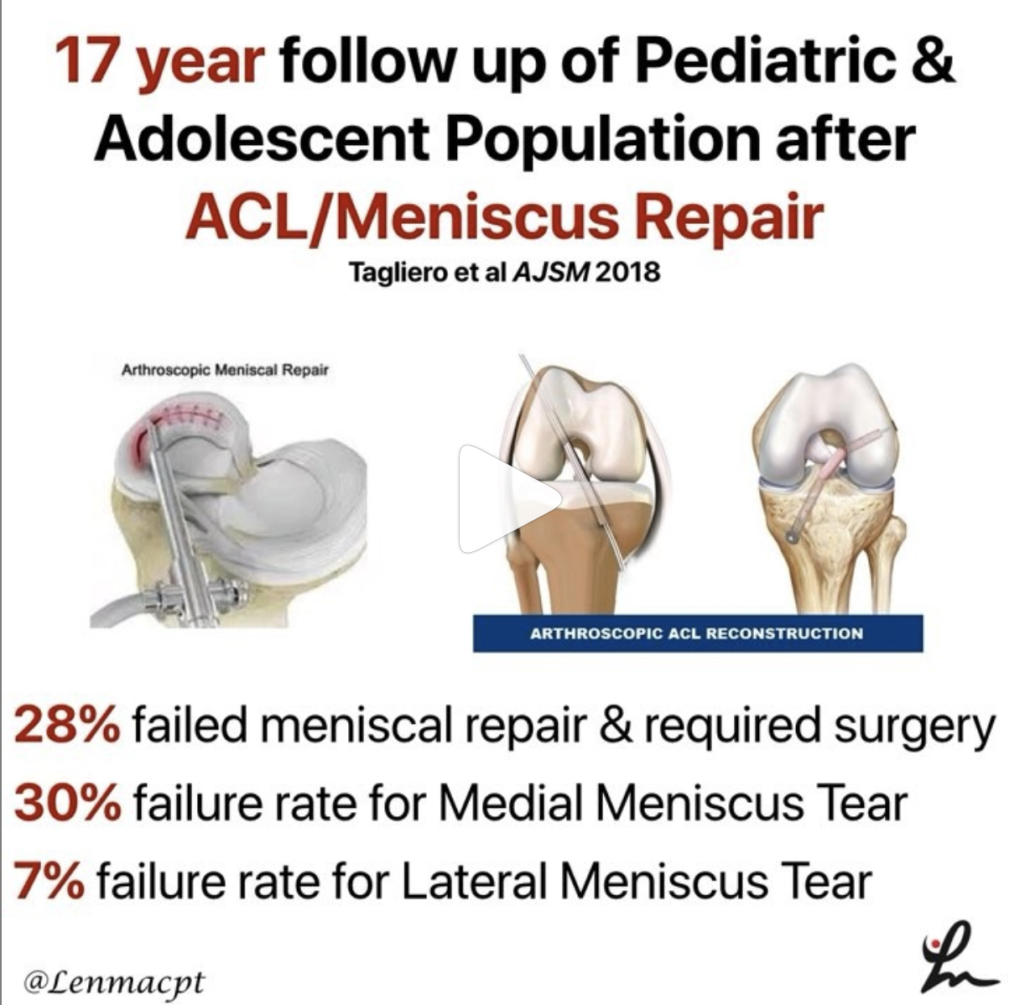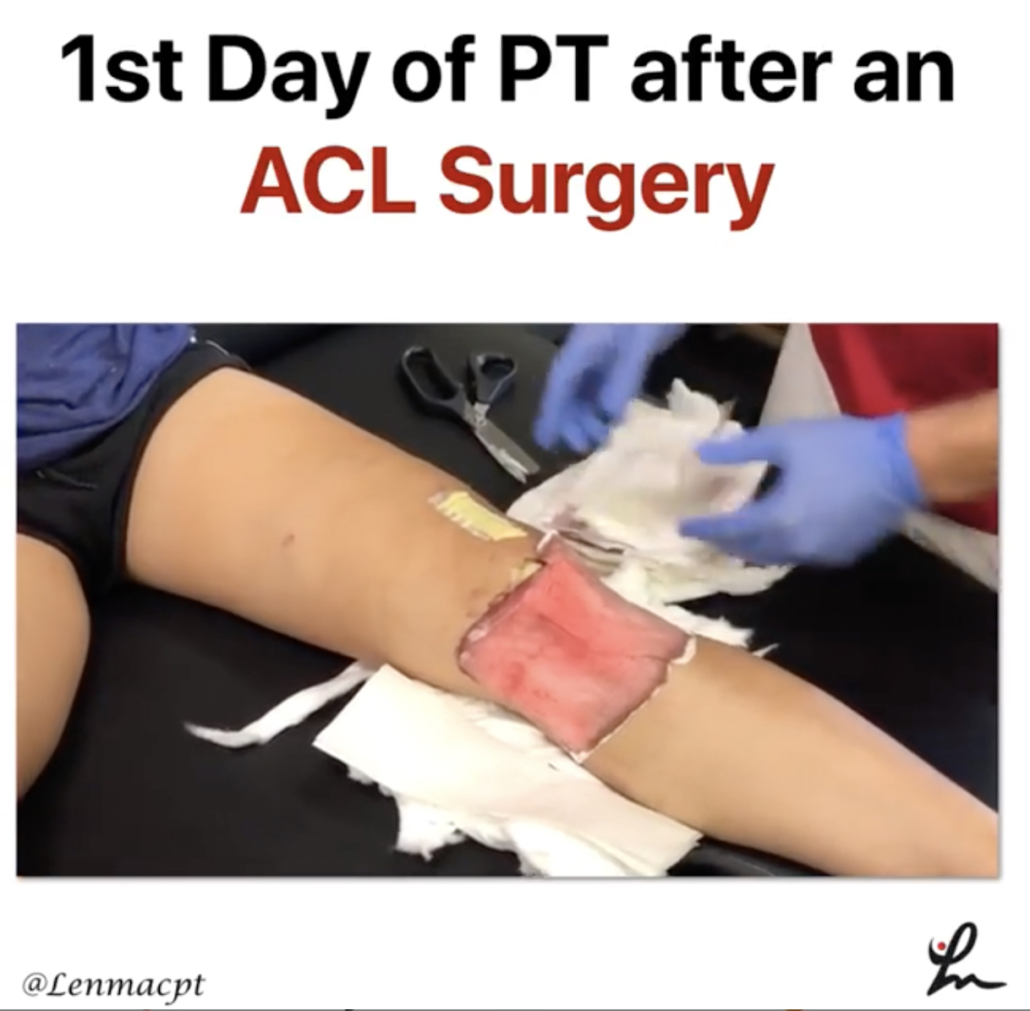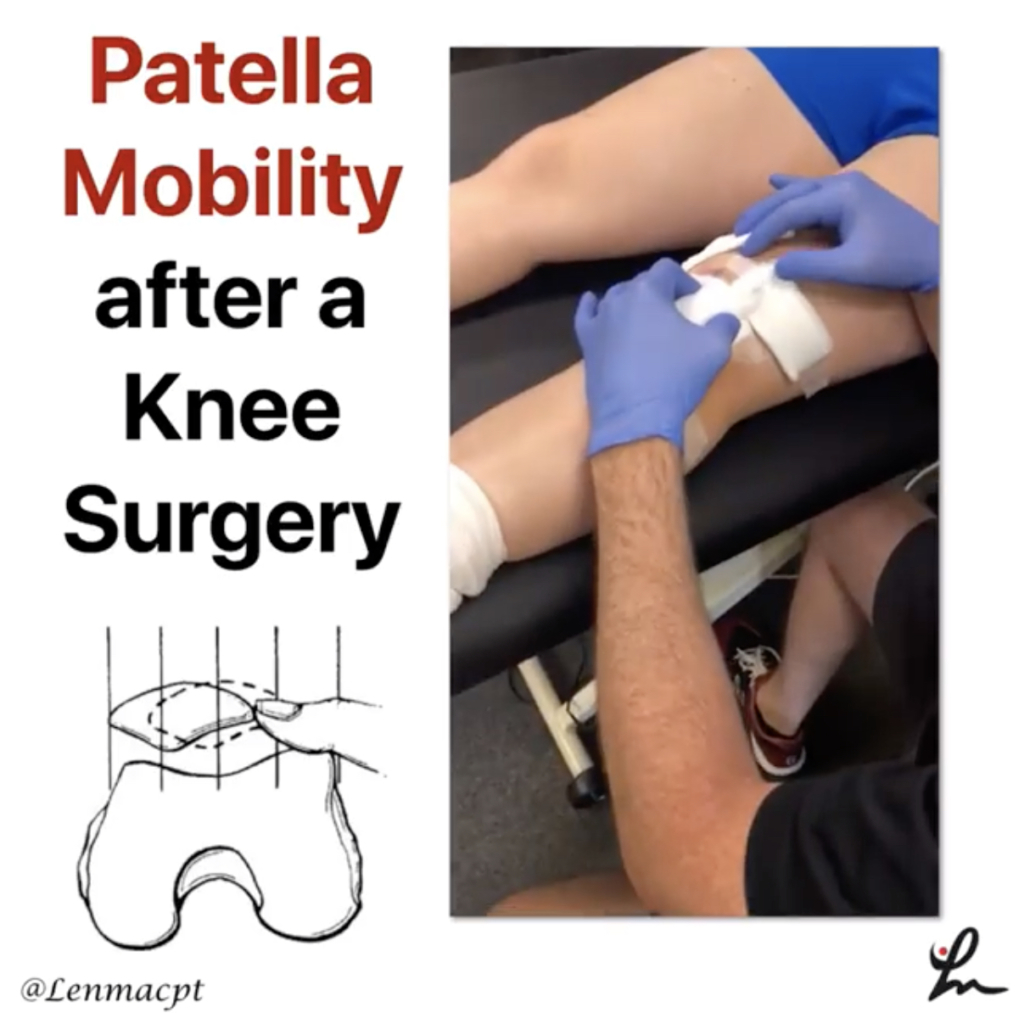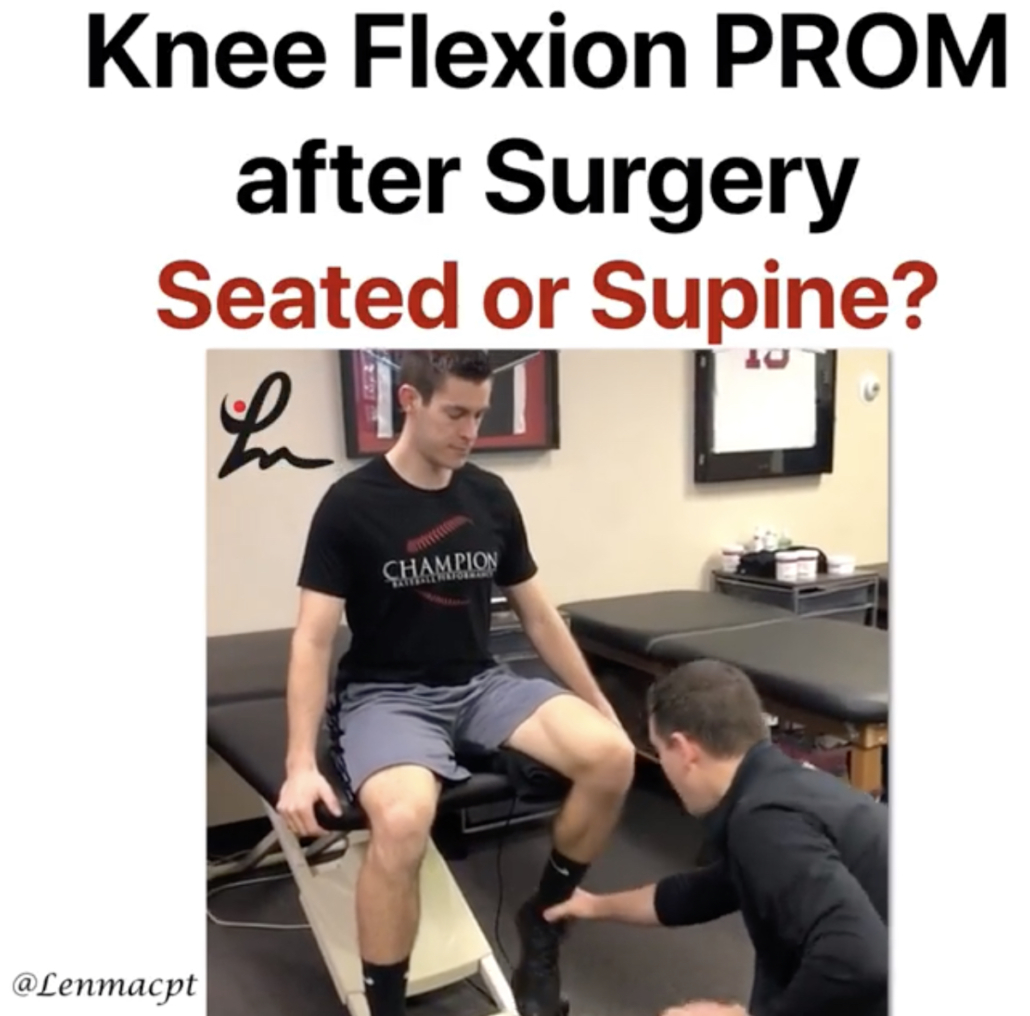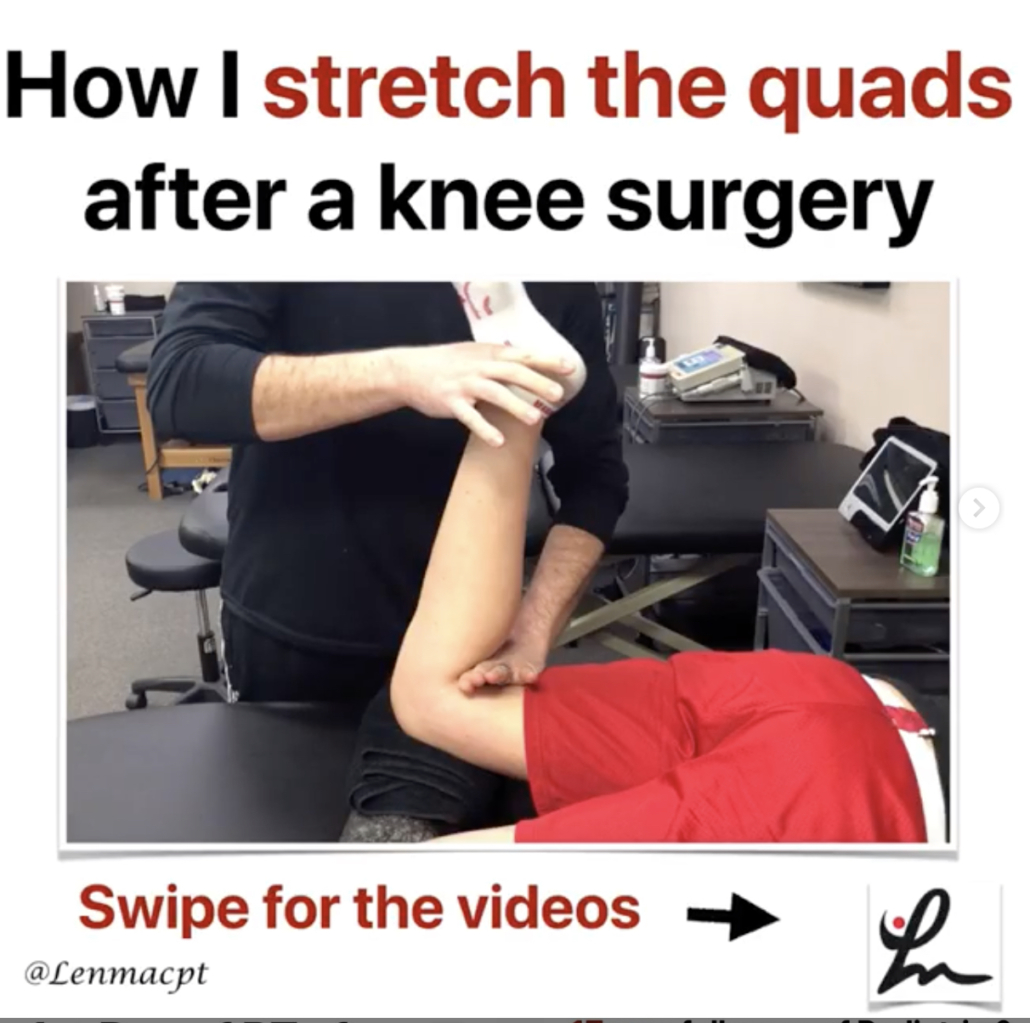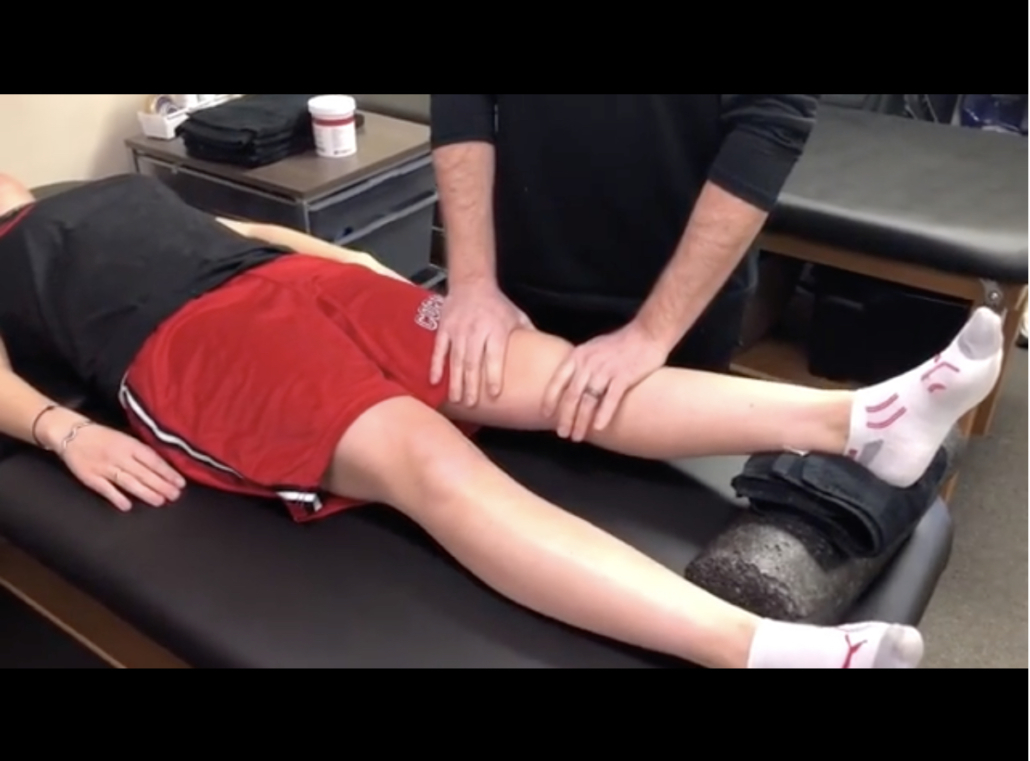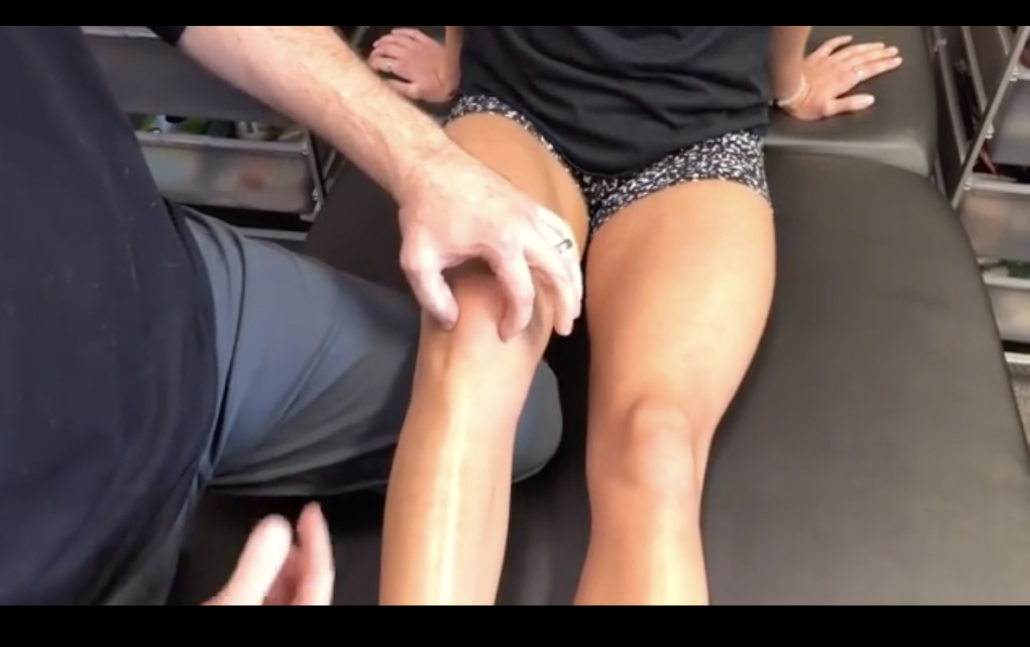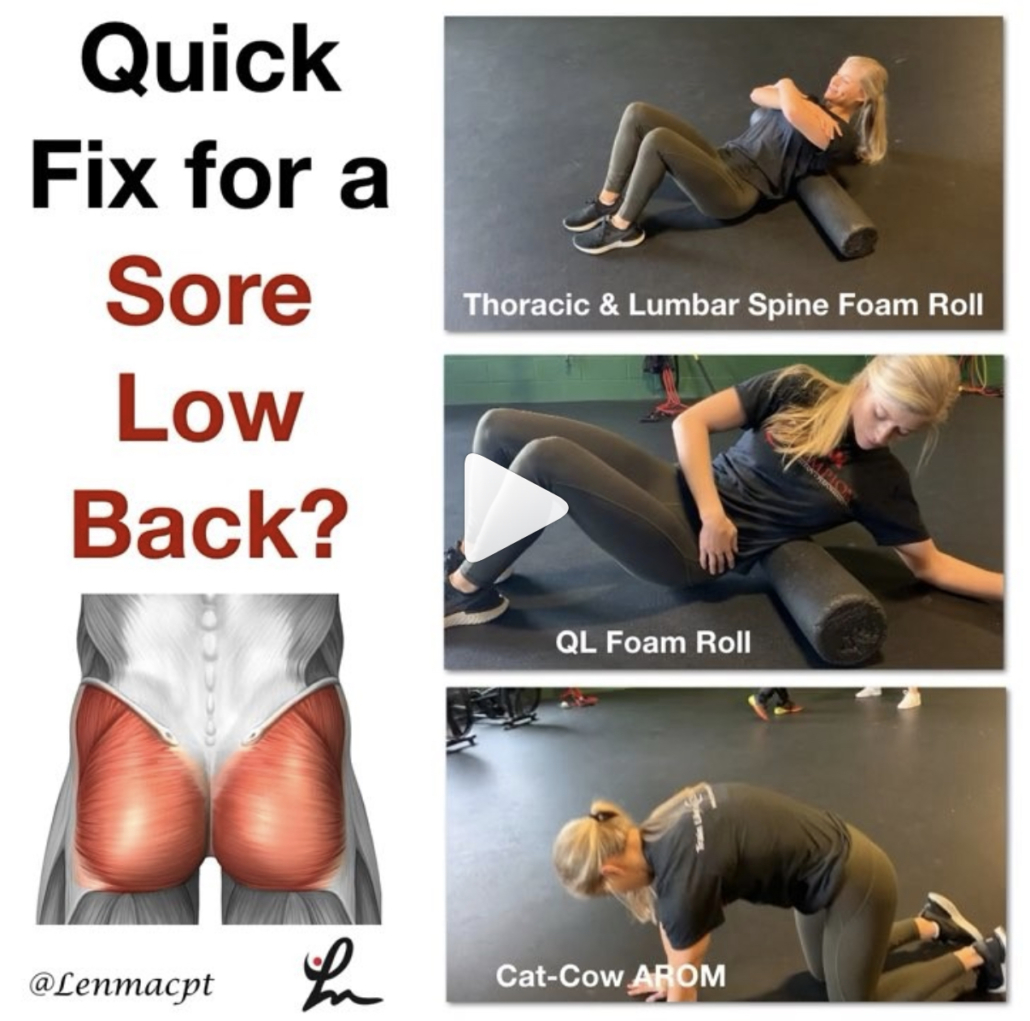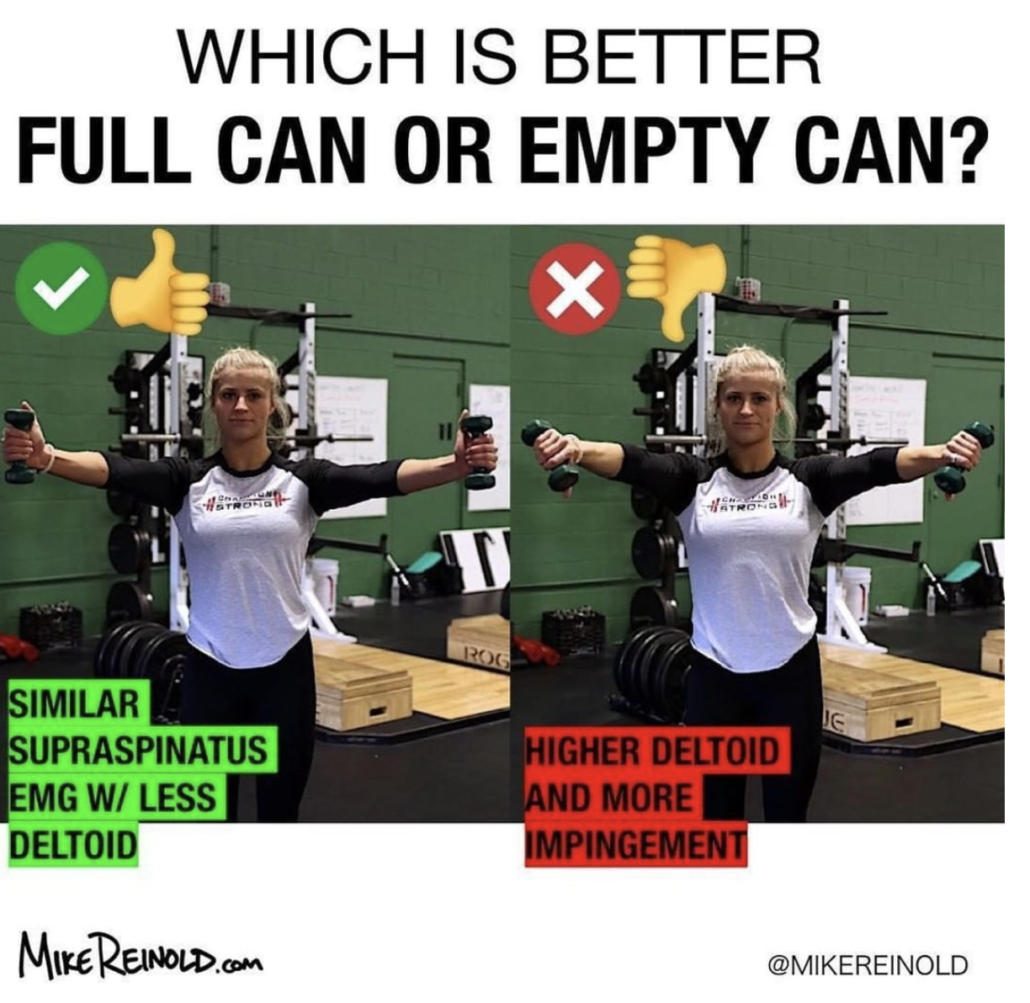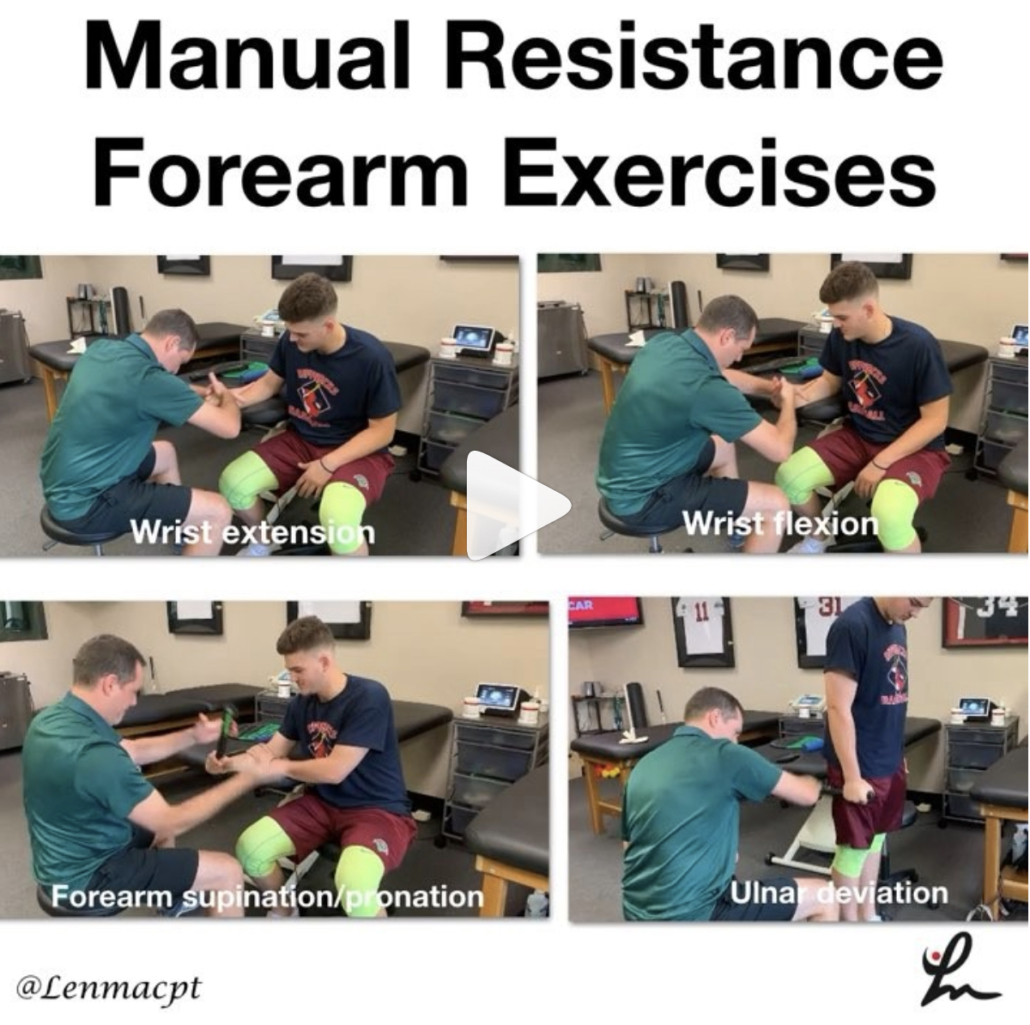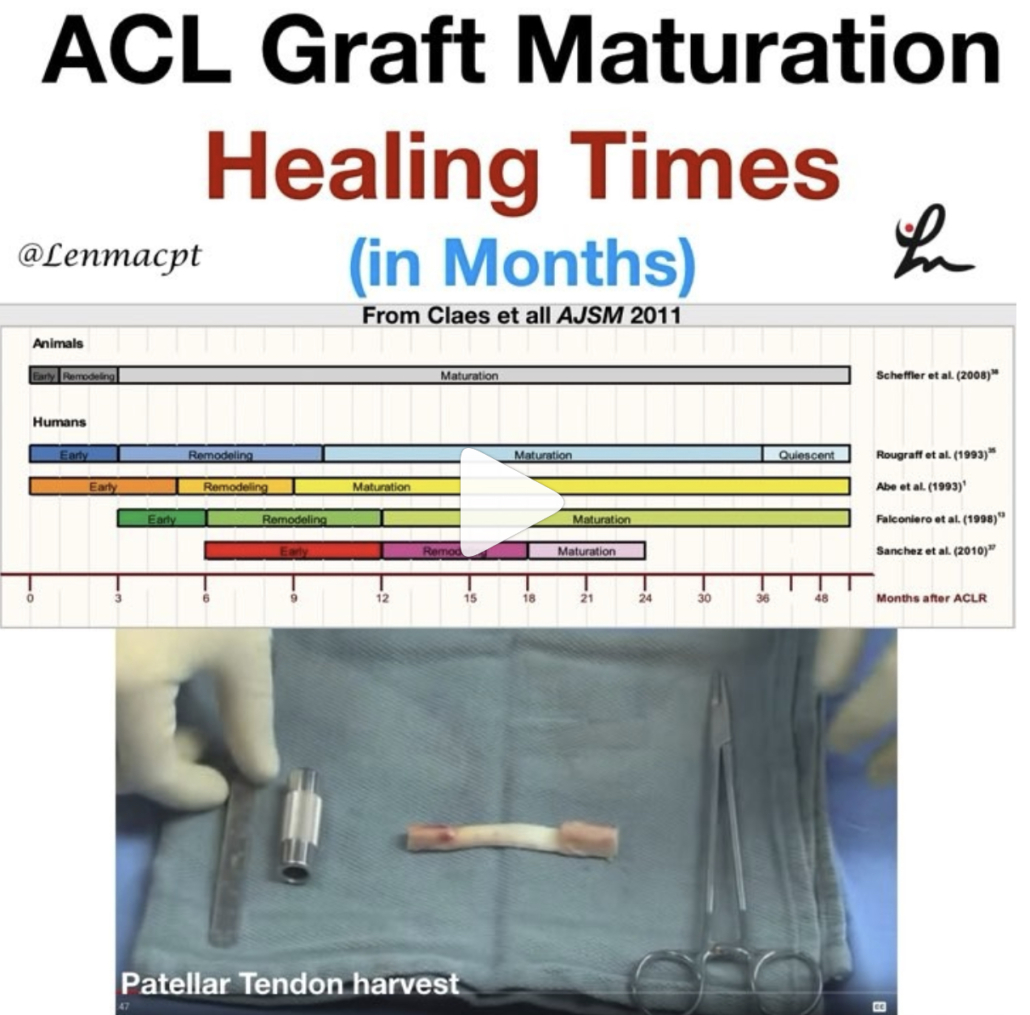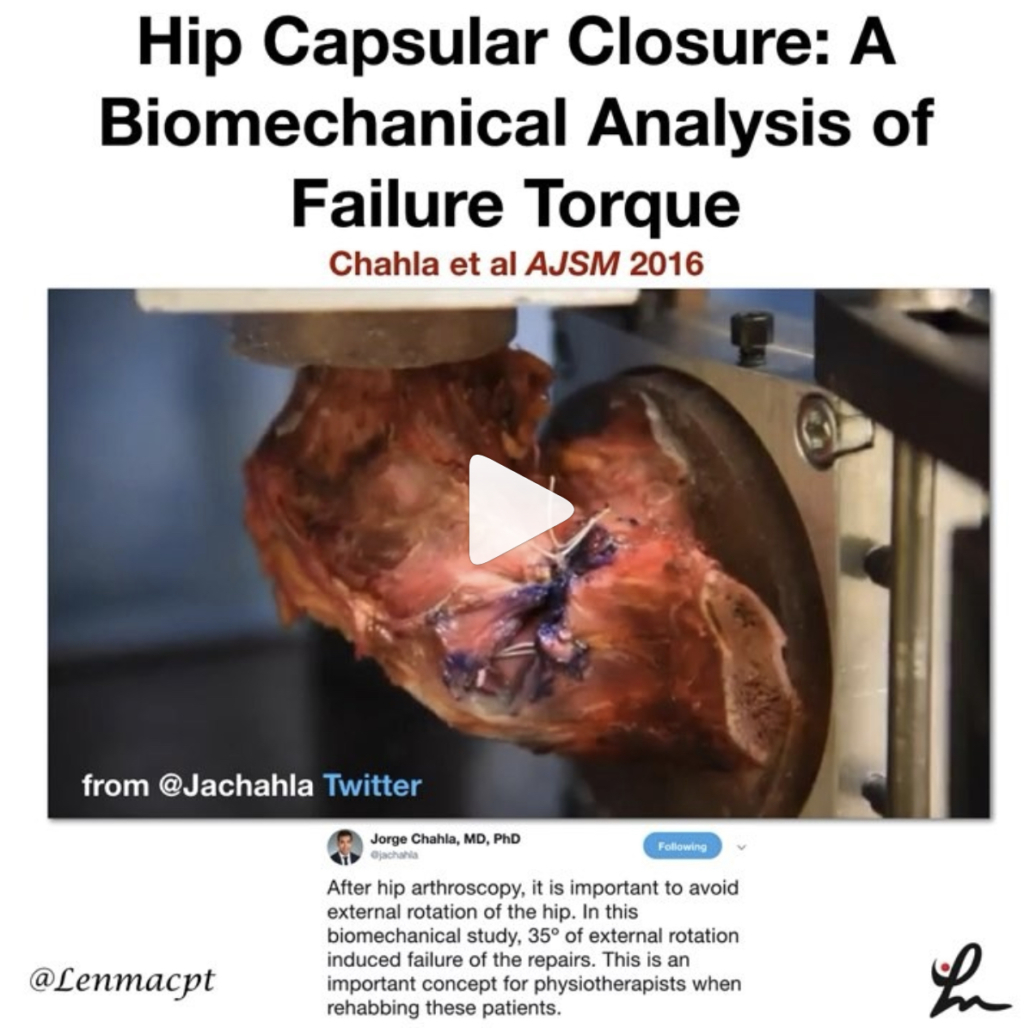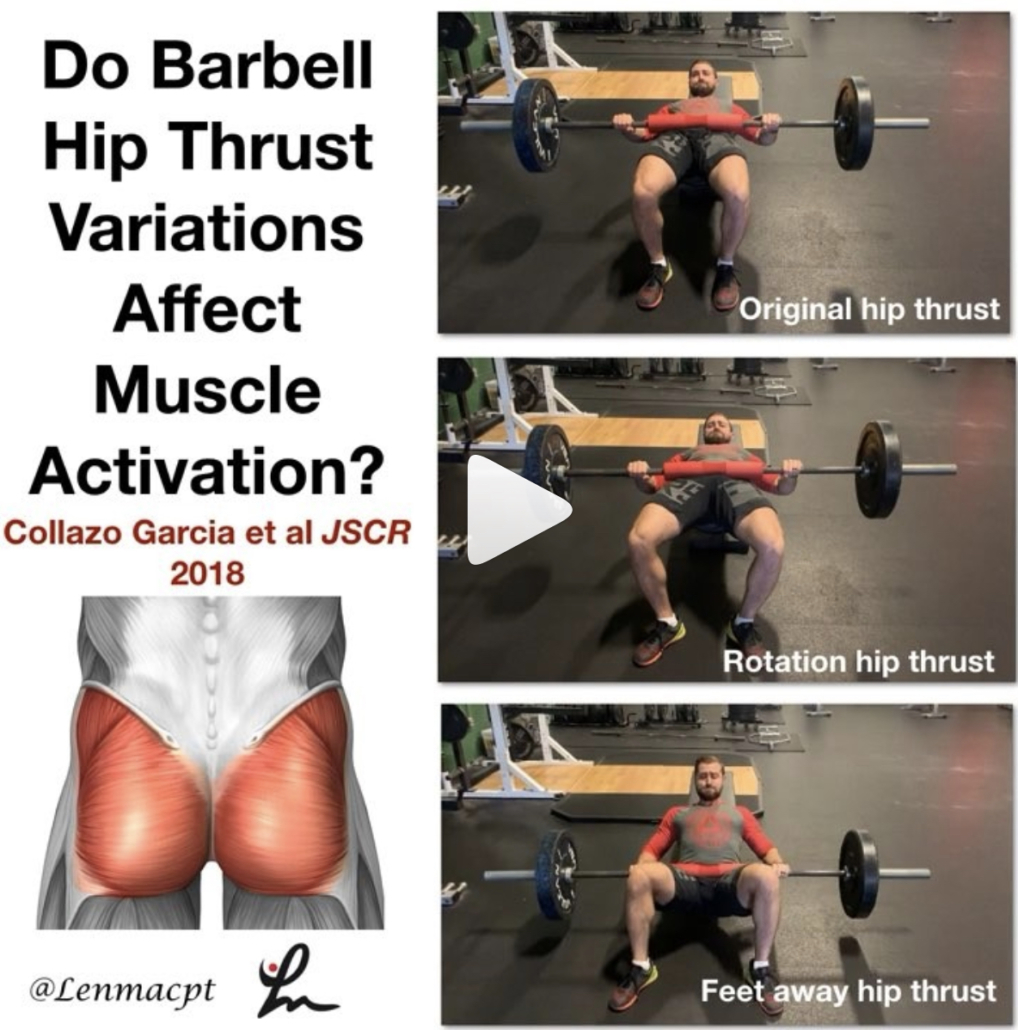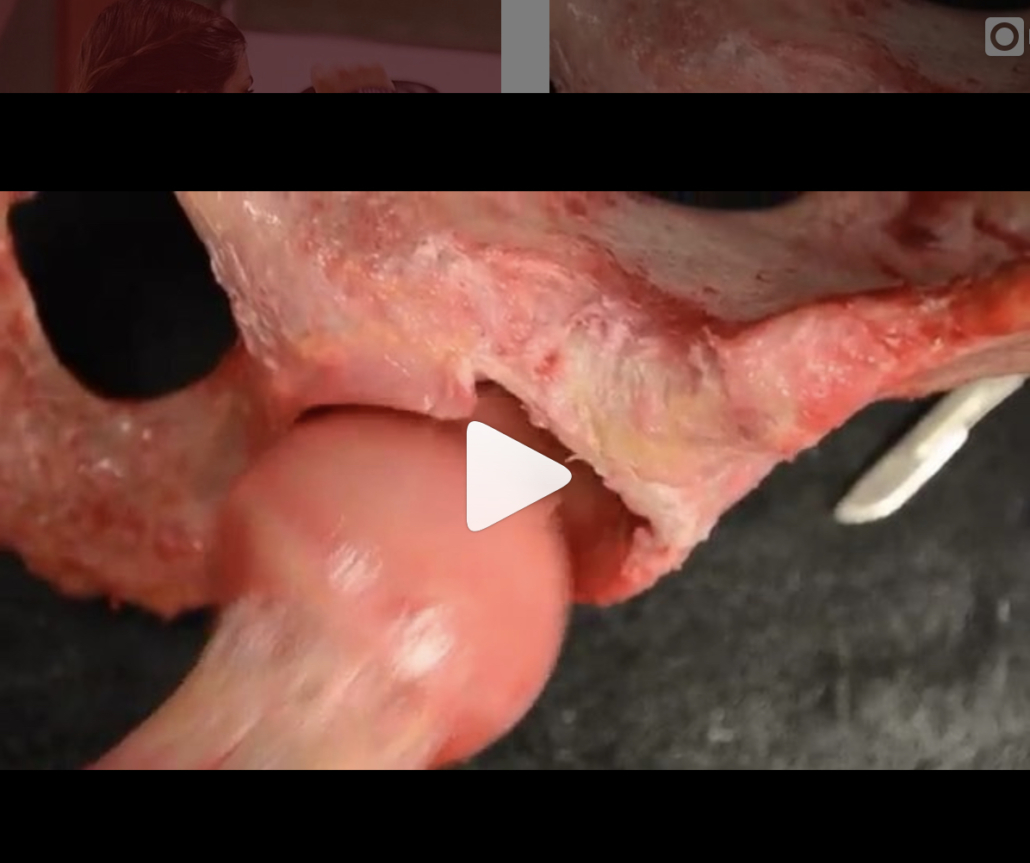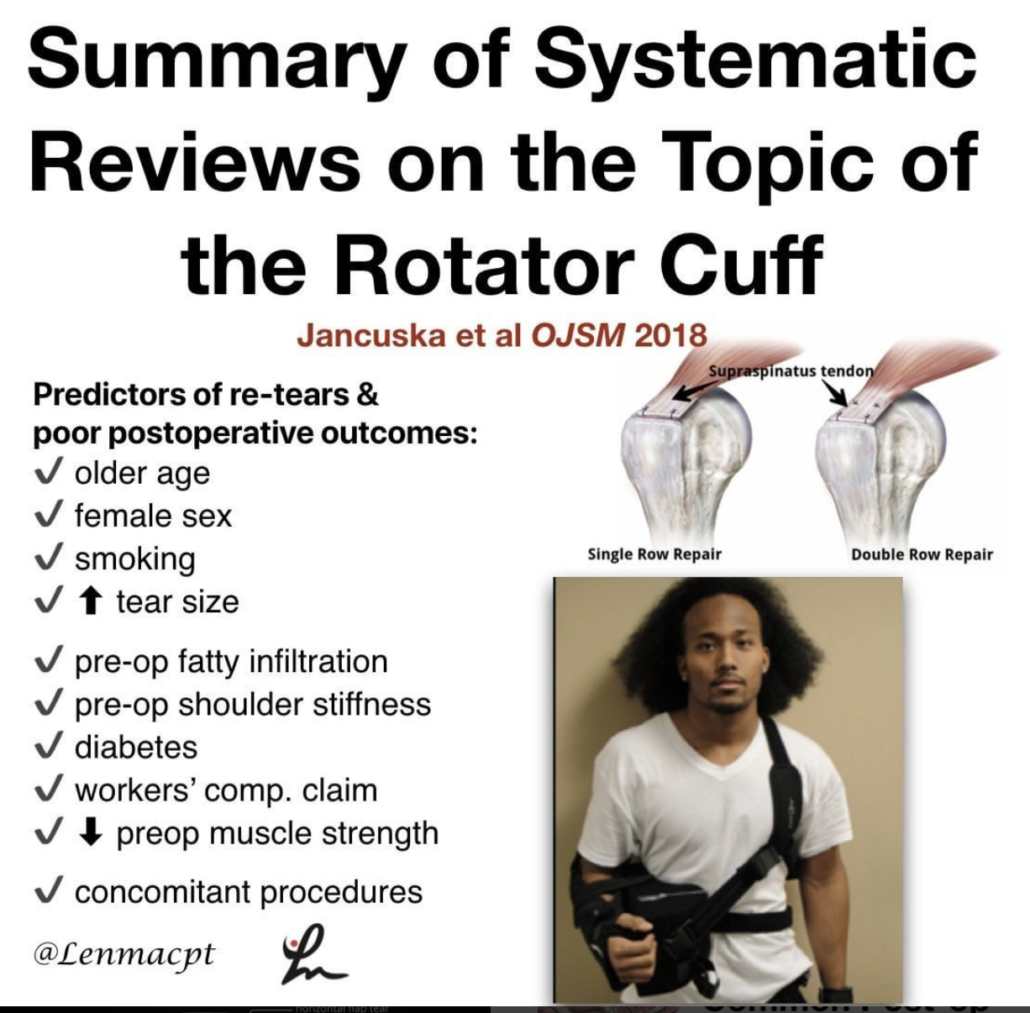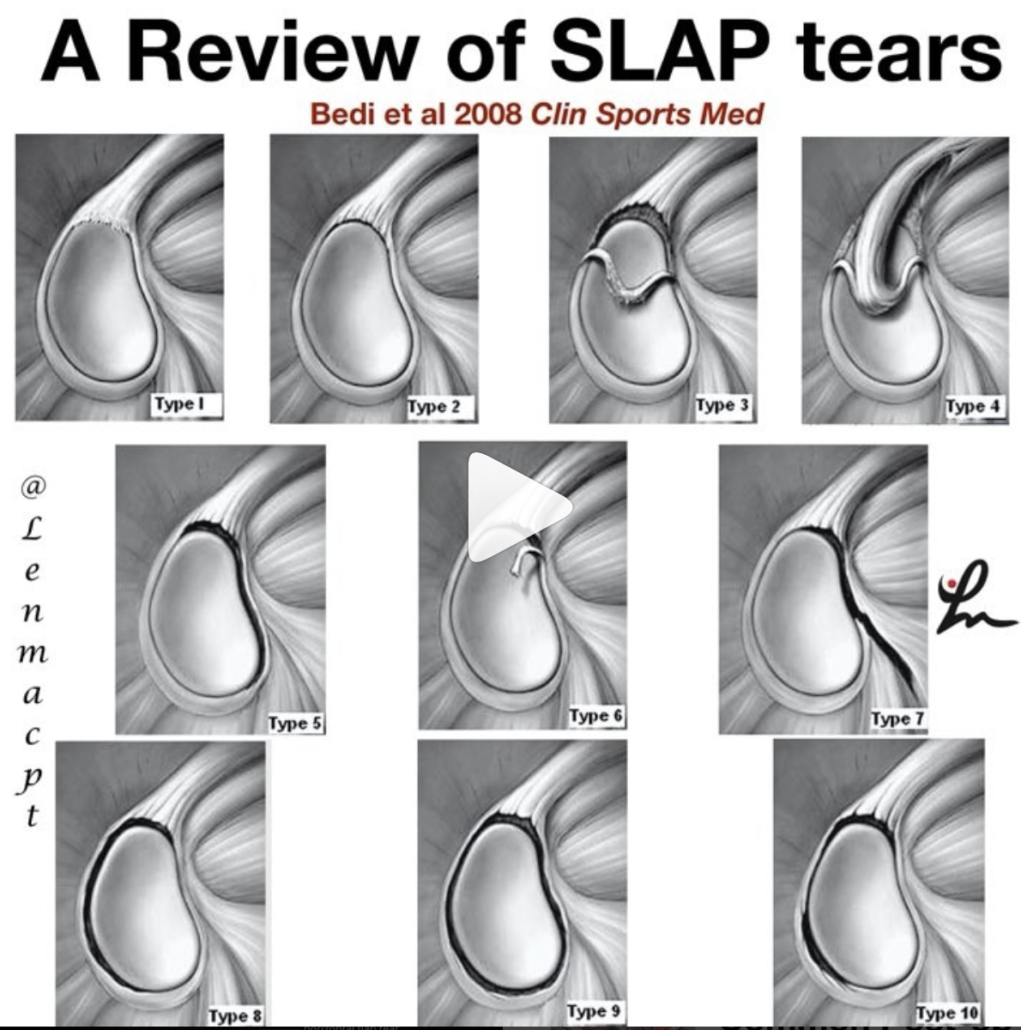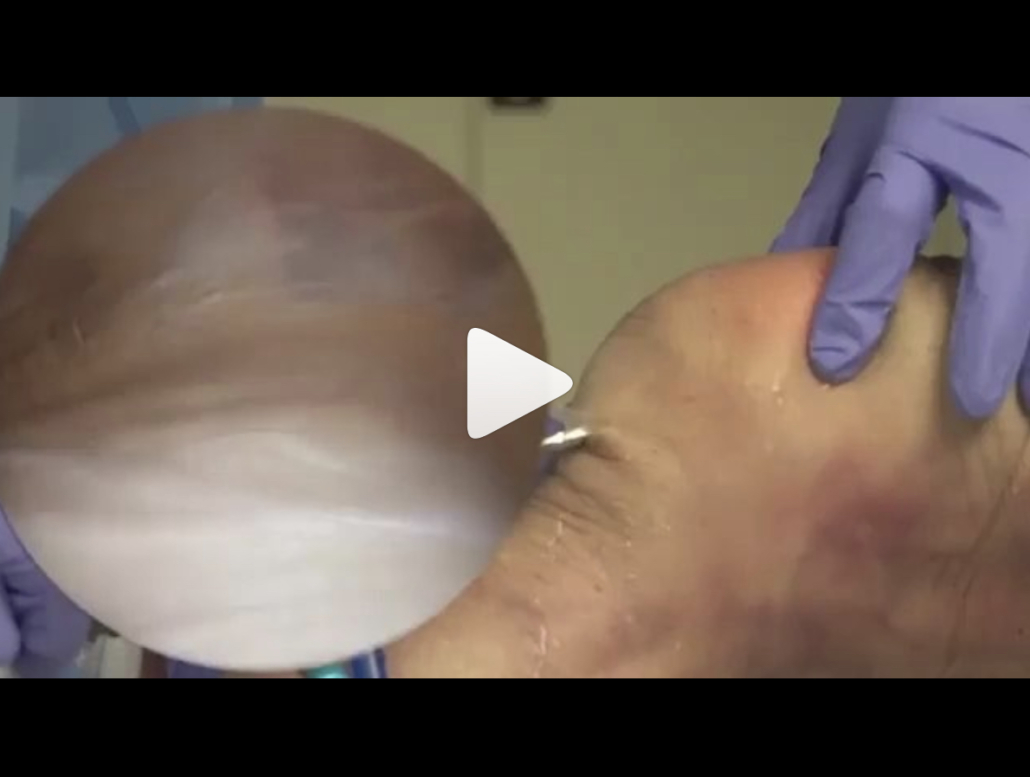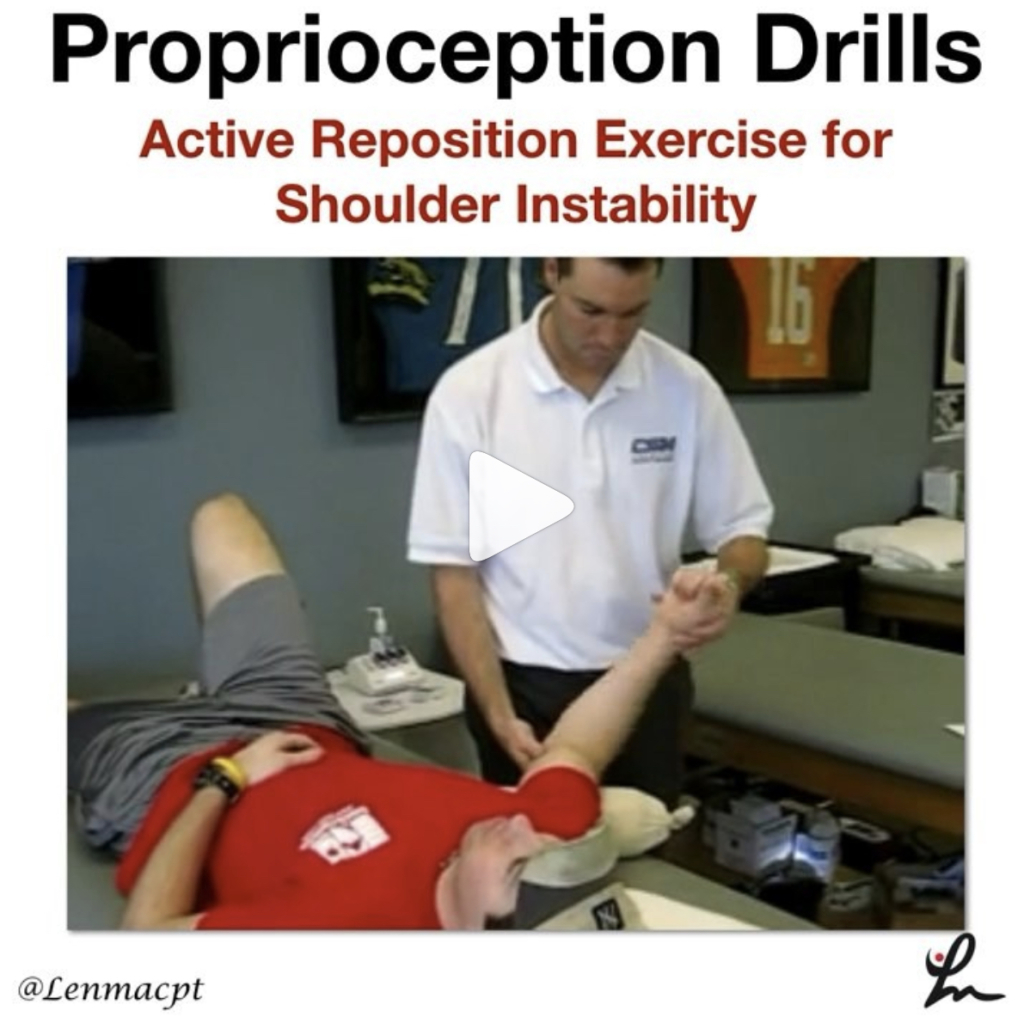ACL Volume Changes over a Women’s Soccer Season
I’m a bit interested, confused and looking to seek more on this open access paper that just came out in March of 2019 looking at the effects of season-long participation on ACL volume in female intercollegiate soccer athletes. The title of the paper is: “Effects of season-long participation on ACL volume in female intercollegiate soccer athletes” by Myrick et al.
ACL Growth influenced by soccer Activity?
Basically, they did MRI scans (only using a 1.5 Tesla machine) of the bilateral knees of the Quinnipiac University women’s soccer team before and after their soccer season.
The researchers wanted to look at the ACL structure and size in the 17 participants to see what, if any, changed in the size of the ligament and if there were any noticeable changes that occurred.
I cannot recall a previous study like this, which is pretty surprising. I feel like this may give us some insight into why injuries may or may not happen at a given time during the season or in a given population (like women!).
They found that mean ACL volume significantly increased from preseason to the postseason (p = .006).
There was also greater volume increase in the right knee than the left and the difference between knees was significant (p = .047).
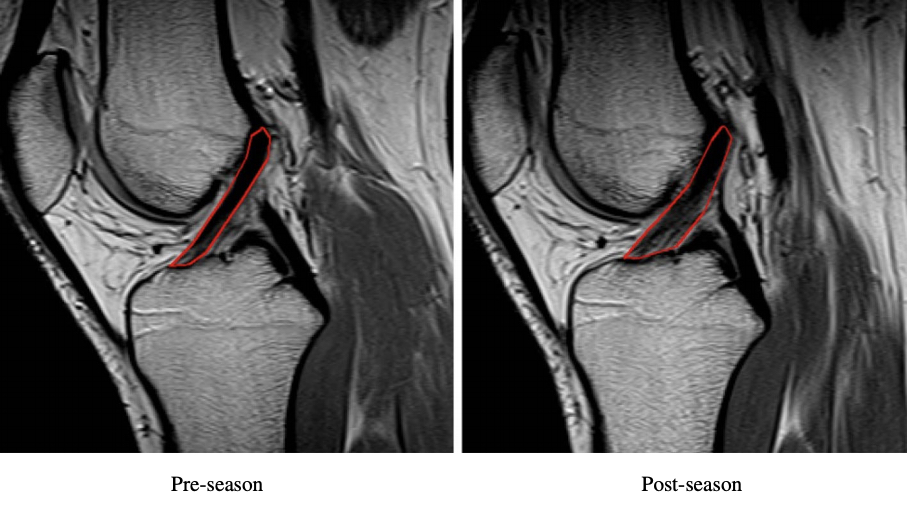
I’m just a bit flabbergasted, for lack of a better term, because I was completely unaware that the ACL would undergo such changes over a season.
The authors’ rationale was “repetitive subacute trauma occurring over the course of the competitive soccer season leads to microscopic tears in the ligament inducing an inflammatory response and subsequent remodeling of the ACL which results in increased volume.”
Sounds plausible… but does this stuff really happen like that?

I will say that their study was not blinded and the doctors’ assessment of edema volume seemed a bit too subjective.
The authors also reported that the plant leg (left leg) had more edema in the joint than the kicking leg (right leg) which seemed a bit odd to me. They were pretty vague with their methods when it came to this section and not everyone showed these changes.
I did want to mention it because they did as well but it certainly wasn’t the meat of the paper.
Future Implications
Maybe the open chain action of kicking a soccer ball aided in hypertrophy of the ACL and maybe this would help to create a stronger and more robust ligament.
On the flip side, a larger than normal ACL for that person may create a situation where the ligament is too large for that person’s condylar notch and create impingement. Taking it one step further, this ligament impingement may put the athletes in a greater risk of injury (ACL tear).
What else do we know?
Weightlifting linked to ACL Hypertrophy too
In another study from 2012, they found that weightlifters had a more hypertrophied ACL and PCL than age-matched controls. This paper also showed that weightlifters who started lifting earlier in their life span (mean 10 years old) and at least 10 years of training duration had a higher change in the size of their cruciate ligaments.
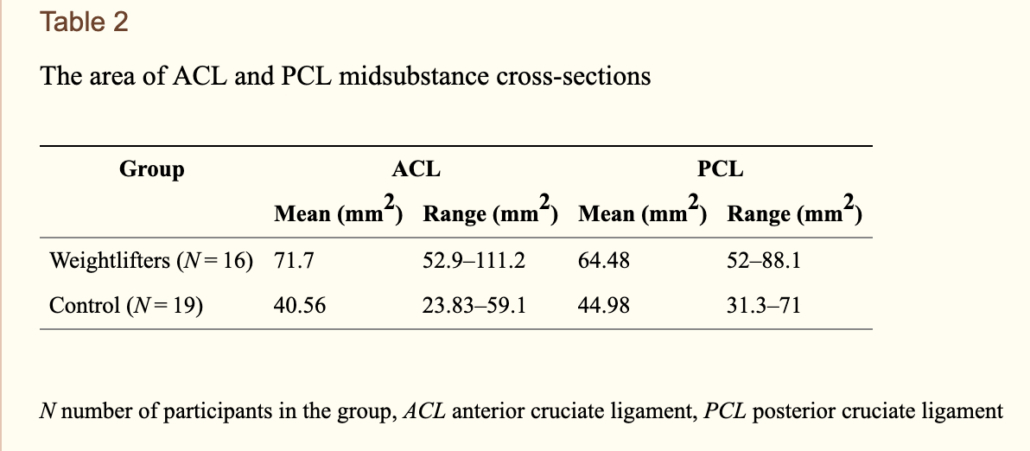
So, maybe the weight lifting creates a proliferation of the ligament that results in further growth compared to untrained athletes. Does puberty play a role when hormones are raging and growth spurts are running rampant?
Patella Ligament Influence
This same group published a paper in 2012 that showed the area of the patella ligament (patella tendon in our world) mid-substance and the onset of training were very strongly, reversely correlated. Beginning training during the onset of puberty highly influenced the growth of the patella ligament (tendon).

Maybe this is not as surprising as the ACL papers because of the direct stresses from weight training, especially in those that squat heavy weights.
We already know that tendon tissue remodels to the stresses placed upon it, even though one could call the patella tendon a ligament, right? it is contained between two bones!
I did want to show that there is precedent out there for such influences on our soft tissue but was extremely surprised by the ACL study.
Wrapping it up
I’m very curious to see if the research can be replicated by another group.
Some of my questions to ponder:
- Do other sports like football show similar effects?
- What if the women’s soccer team was followed long term to see injury rates over the course of their careers?
- Is there a particular time where the hypertrophied ligament returns to its baseline level? How long does it take?
- Does the open chain aspect of the soccer kick truly influence the ACL’s volume (or is it some other aspect of the soccer kick)?
Just so interested in this phenomenon and hope to better define its implications to all sports, including this women’s soccer team.
What do you think? Have you seen anything similar in your experiences? What am I missing?


